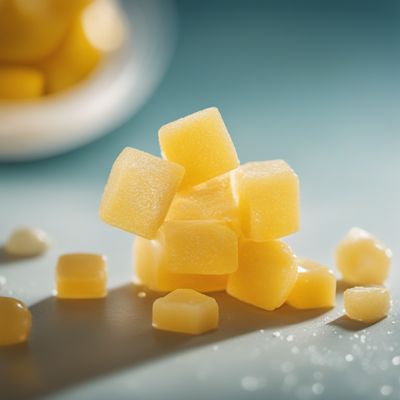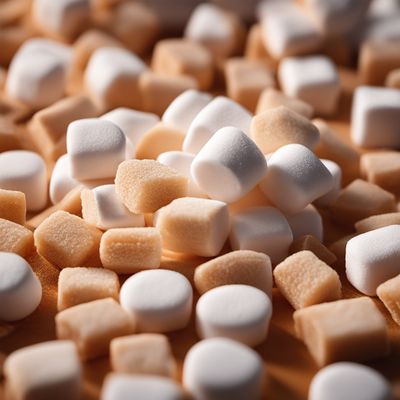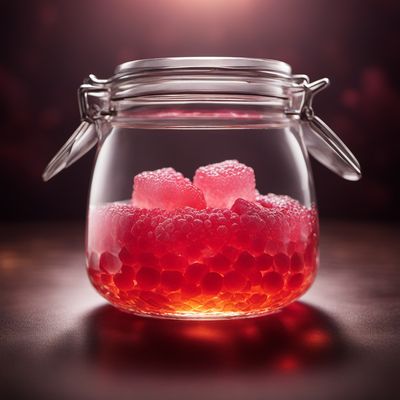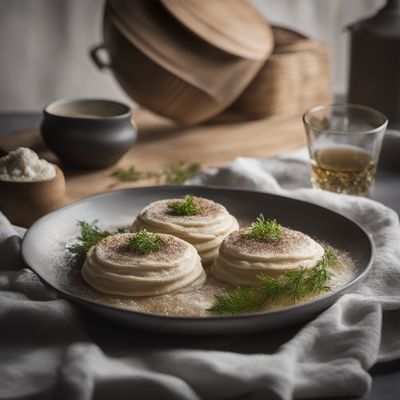
Ingredient
Liquorice candies
The Sweet Licorice Temptation: Liquorice Candies
Liquorice candies are known for their unique flavor, which is characterized by a combination of sweetness, saltiness, and a distinct anise-like taste. The candies are typically chewy or hard, depending on the specific type, and come in various shapes and sizes. Liquorice candies can be black, red, or even multicolored, adding to their visual appeal. They are enjoyed as a standalone treat or used as an ingredient in desserts and confectionery creations.
Origins and history
Liquorice has a long history that dates back thousands of years. It is believed to have originated in the Mediterranean region and was used by ancient civilizations such as the Egyptians, Greeks, and Romans for its medicinal properties. Liquorice root was highly valued for its natural sweetness and was often used to flavor food and beverages. Over time, liquorice candies became popular in various cultures around the world, with different countries developing their own unique variations of this sweet treat.
Nutritional information
Liquorice candies are generally low in fat and calories, but they can be high in sugar. They do not provide significant nutritional value in terms of vitamins or minerals. However, liquorice root contains compounds that have been associated with potential health benefits, such as anti-inflammatory and antioxidant properties. It is important to consume liquorice candies in moderation due to their high sugar content.
How to select
When selecting liquorice candies, look for products that use natural liquorice extract rather than artificial flavors. Read the ingredient list to ensure that the candies do not contain excessive amounts of sugar or artificial additives. Additionally, consider the texture and shape of the candies based on personal preference, whether you prefer chewy or hard candies.
Storage recommendations
To maintain the freshness and quality of liquorice candies, store them in a cool, dry place away from direct sunlight. Avoid exposing the candies to moisture or extreme temperatures, as this can cause them to become sticky or lose their texture. Proper storage will help preserve the flavor and prevent the candies from becoming stale.
How to produce
Liquorice candies are typically produced by confectionery manufacturers using specialized equipment and techniques. The process involves combining liquorice extract with other ingredients such as sugar, corn syrup, and flavorings. The mixture is then heated, cooled, and shaped into the desired candy form. Making liquorice candies at home can be challenging due to the specific ingredients and equipment required, so it is recommended to purchase them from reputable candy makers.
Preparation tips
Liquorice candies can be enjoyed as a standalone treat, allowing the unique flavor to be savored. They can also be used as an ingredient in various desserts and confectionery creations, such as ice creams, cakes, or chocolates. Liquorice candies are often incorporated into traditional candies or sweets in different cultures, adding a distinct taste to these treats.
Availability
Liquorice candies are commonly available in many countries around the world, including the United States, United Kingdom, Australia, and various European countries. They can be found in candy stores, supermarkets, and online retailers that specialize in confectionery products.





